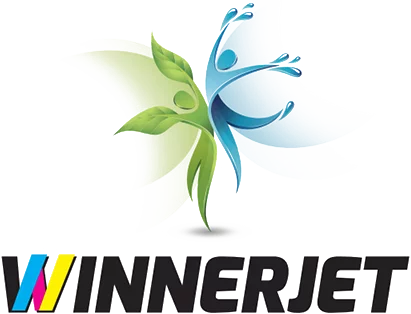If you’re looking to create custom T-shirts, hoodies, or other clothing, you might have heard of DTG printing. But what exactly is DTG printing, and how does it work?
In this straightforward guide, we’ll explain DTG printing in simple terms, go over its benefits, and help you decide if it’s the right choice for your custom apparel needs.
What Does DTG stand for in printing?
DTG stands for Direct-to-Garment printing. It’s a process that uses a special printer to print designs directly onto fabric, such as T-shirts or hoodies.
Unlike traditional methods, DTG printing allows you to create full-color designs with lots of detail. It’s ideal for custom apparel that stands out and feels soft to the touch.
How Does DTG Printing Work?
Here’s how DTG printing works in simple steps:
- Create Your Design: You design your image on a computer using graphic software (like Photoshop).
- Prepare the Garment: The clothing is placed on the printer. It’s often pre-treated to help the ink stick and make the design pop.
- Print the Design: The printer sprays the design directly onto the fabric using water-based dtg ink. The ink soaks into the material, so it feels soft.
- Set the Ink: After printing, the garment is heated to cure the ink, making the design permanent.
Why Choose DTG Printing?
Here’s why DTG printing is an excellent choice for custom apparel:
1. High-Quality Prints
DTG printing produces sharp, colorful designs with lots of detail. The print is soft to the touch because the ink soaks into the fabric.
2. Perfect for Small Orders
If you need only a few shirts, DTG printing is ideal. Unlike other methods, like screen printing, DTG works well for small orders without extra costs.
Also Read: DTG VS Screen Printing: Which is Right for You?
3. No Minimum Order
With DTG printing, you can print one shirt or a hundred—there’s no minimum order size. This is perfect for personal projects or small businesses.
4. Full-Color Printing
DTG printing can print unlimited colors in one design, allowing you to create complex, colorful artwork without any extra costs.
5. Fast Turnaround
DTG printing is quick, especially for small batches, since there’s no need for screen setup. It’s perfect if you need your custom items quickly.
Is DTG Printing Right for You?
If you’re creating custom clothing, here’s why DTG printing might be a good fit:
- Custom Apparel: DTG is excellent for printing custom designs on T-shirts, hoodies, and other clothing.
- Affordable for Small Runs: DTG printing is cost-effective for small quantities without the high setup costs of other methods.
- Eco-Friendly: DTG uses water-based inks, which are more eco-friendly than traditional inks.

Conclusion: Why Choose DTG Printing?
DTG printing is an excellent option for creating custom T-shirts and other apparel with vivid, detailed designs. It’s affordable, fast, and perfect for small orders.
If you want to start creating custom apparel, DTG printing could be the solution you need.
FAQS
What fabrics work best for DTG printing?
DTG printing works best on cotton and cotton-blend fabrics. It can be used on other materials, but cotton gives the best results.
How long do DTG prints last?
DTG prints can last for many washes if cared for properly, especially with high-quality inks.
Is DTG printing eco-friendly?
Yes, DTG printing uses water-based inks, which are better for the environment compared to other inks.
Can I print on dark garments with DTG?
DTG works best on light-colored fabrics. If you’re printing on dark materials, a pre-treatment is needed to make the design show up.
How fast is DTG printing?
DTG printing is fast, especially for small orders. Since there’s no setup like screen printing, you can get your custom apparel quickly.


